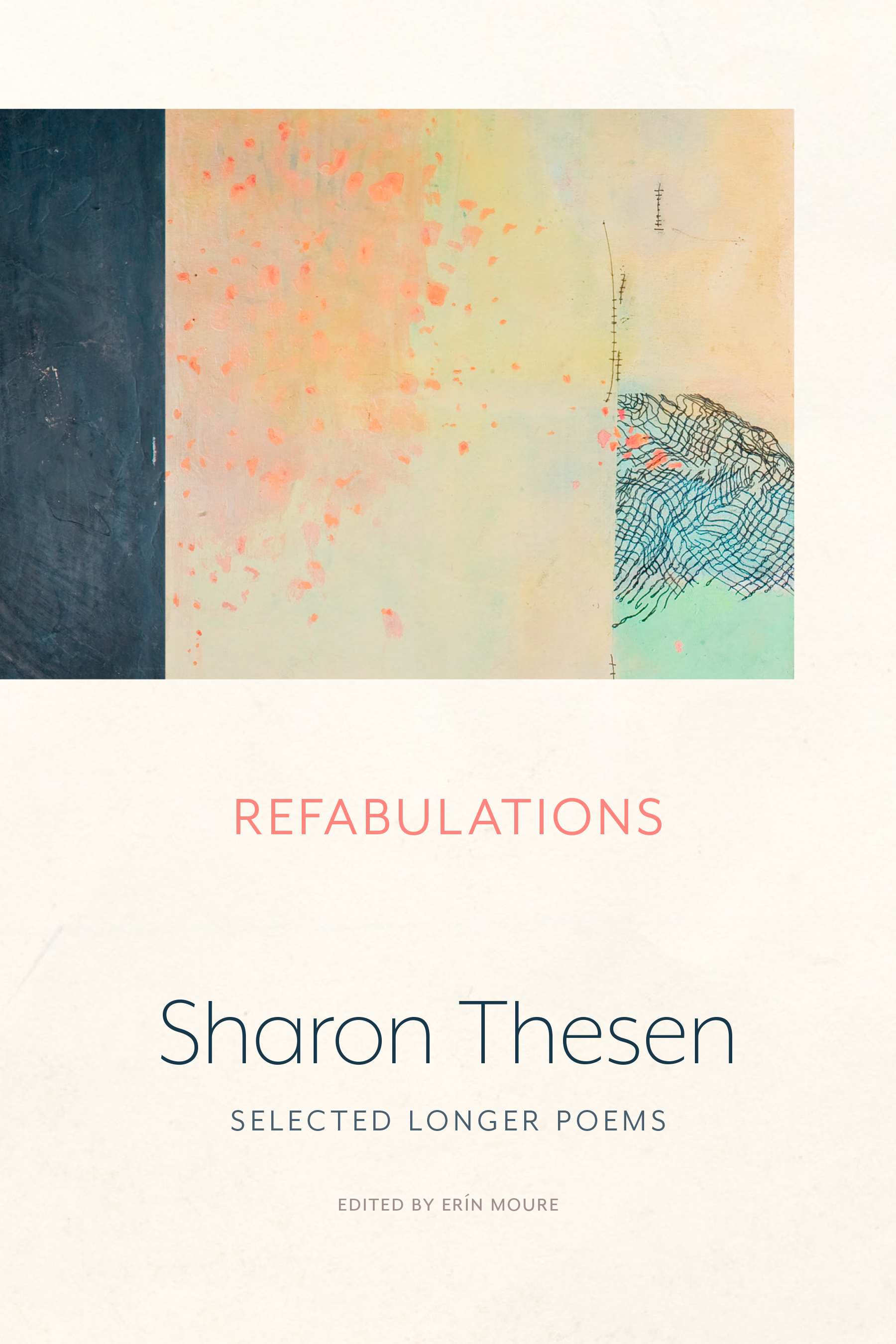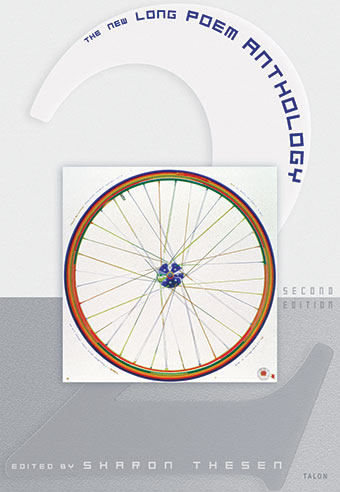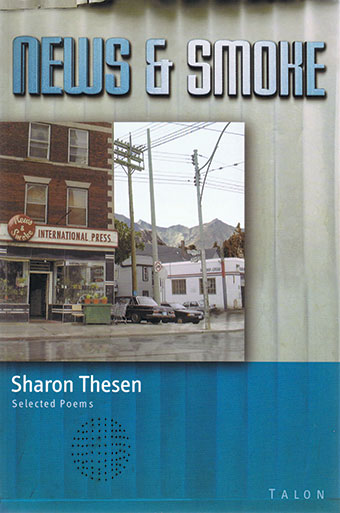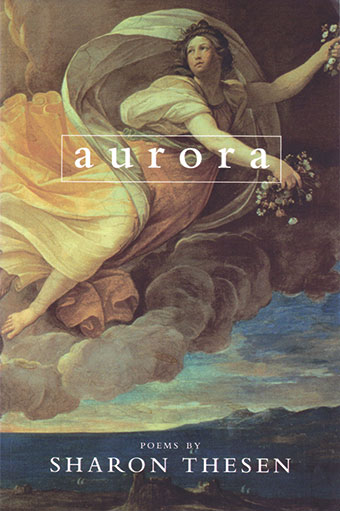Paperback / softback
ISBN:
9780889227064
Pages: 256
Pub. Date:
September 15 2012
Dimensions: 9" x 6" x 0.8125"
Rights: Available: WORLD
Categories
Non-Fiction / LCO015000
- LITERARY COLLECTIONS / Diaries & Journals
Shop local bookstores
Charles Olson had many correspondents over the years, but Frances Boldereff, a book designer and typographer, Joyce scholar, and single working mother, embodied a dynamic complexity of interlocutor, muse, Sybil, lover, critic, and amanuensis.
After Completion: The Later Letters of Charles Olson and Frances Boldereff follows on from an earlier edition, Charles Olson and Frances Boldereff: A Modern Correspondence, that spans three years and more than three hundred letters. Published in 1999 by Wesleyan University Press, that edition concludes with a crisis that amounted to a “completion” of one of the major phases of their relationship. After September 1950, no longer would Boldereff believe so wholeheartedly in Olson’s work – or in his promises to spend time with her.
After Completion picks up the correspondence post-crisis, and consists of letters written between 1950 and 1969 – approximately 140 letters over a nineteen-year span. In this period of the correspondence, we witness the intensity of the letters flare intermittently, sometimes explosively, as Olson and Boldereff try to maintain some continuity in their separateness. In these later letters, we also experience their magnificent mutual embracing of Arthur Rimbaud.
The correspondence taken as a whole presents a passionate relationship realized mostly in letters – letters that were to become essential to Olson’s working out of his poetics. Boldereff’s interventions, which provoked Olson to articulate a projectivist poetics, claims for Frances Boldereff an incalculable effect on twentieth-century poetry.
“Lovers to the end, Olson and Boldereff remained faithfully bonded by the central role that imagination and art played in each of their lives. Their mutual admiration for each other’s intellect was left untarnished by any personal failure. In this volume of letters, it is Boldereff who appears the stronger of the two on all accounts. She never wavers in her interest in Olson as both a man and an artist. … If there’s any benefit to come from having this correspondence made available, it should surely bring about greater attention to the sharp interrelating of Joyce and Blake accomplished by Boldereff in her books. Her work receives too little the acknowledgement it richly deserves.”
— Bookslut
“Boldereff, while appearing to serve her pantheon of ‘great men,’ puts them into her service. This book is not the fiery Olson workshop of the previous volume. Boldereff here enters the period of her own working, beginning with her manifesto Credo in Unam … it is a call for a new woman, a woman who is strong, independent, sexually liberated, and within whose ambit man can find his own maturity, as they enter the new age together … Boldereff’s books are strange but not delirious. Her work on Joyce is substantial … ”
– The Capilano Review
“Lovers to the end, Olson and Boldereff remained faithfully bonded by the central role that imagination and art played in each of their lives. ... [Boldereff's] work receives too little the acknowledgement it richly deserves.”
— Bookslut
“What is stunning about this collection is the density of intellectual and cultural observations by both participants in this dialogue – and the ways in which Boldereff and Olson’s mythopoetic shoptalk quickly shifted in and out of the amorous and plainly erotic, which here so often serve as the groundwork of the intellectual and cultural materials.”
—Andrew Mossin
“Boldereff, while appearing to serve her pantheon of ‘great men,’ puts them into her service. This book is not the fiery Olson workshop of the previous volume.”
– The Capilano Review
“What is stunning about this collection is the density of intellectual and cultural observations by both participants in this dialogue ...”
—Andrew Mossin











